Chernobyl Worms Display Remarkable Natural Ability No One Expected

Amidst the abandoned brutalist architecture found in the Chernobyl Exclusion Zone (CEZ) is a fascinating wildlife sanctuary where nematodes appear to be resistant to radiation damage. This comes as a surprise because the CEZ won’t be considered safe for human habitation again for thousands of years.
But within the 1,000 square mile area that has been adversely affected since the 1986 explosion at the Chernobyl Nuclear Power Plant is an active animal ecosystem in which these microscopic worms thrive against all odds.
Radiation Resistant Worms
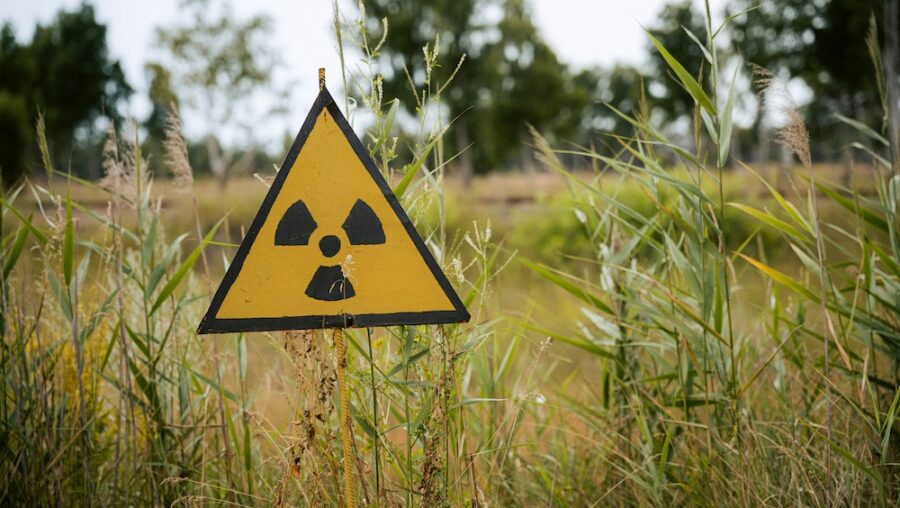
The research, led by Sophia Tintori of New York University, suggests that although Chernobyl’s current environment has resulted in genetic differences across a number of species, the worms living in the soil belonging to the species Oschieus tipulae have not undergone any observable genetic mutations.
The prevailing theory is that nematodes possess repair mechanisms that make them more resistant to ionizing radiation. Tintori’s research, which set out to assess how animals adapt to sudden environmental shifts like the one caused by the Chernobyl explosion, focuses on several generations of these small, squiggly worms, and how they remain unaltered.
Chernobyl Worms Avoid Mutation
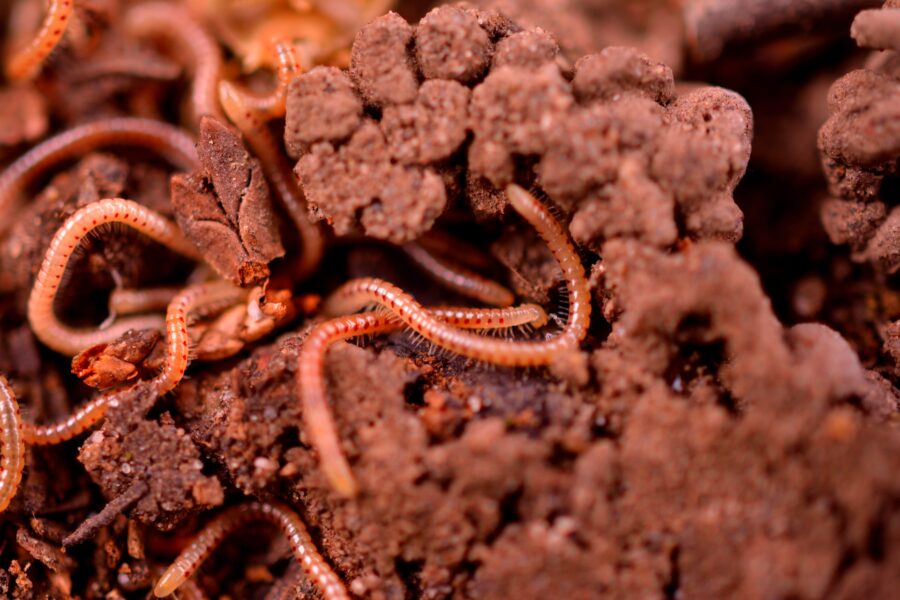
The evidence found in Chernobyl consists of 15 specimens from a sample of 300 worms collected from soil, rotten fruit, and leaf litter that were then cultured and selected for genome sequencing. Since nematodes have relatively simple genomes and live very short lives, Tintori and her team were able to analyze multiple generations of Oschieus tipulae from the CEZ and compare them to nematodes found in the Philippines, Germany, the US, Mauritius, and Australia.
Their findings were startling, as they found no correlation between ambient radiation levels and large-scale chromosomal rearrangements that are found in other animals living in the area.
Different From The Worms Found In Other Regions
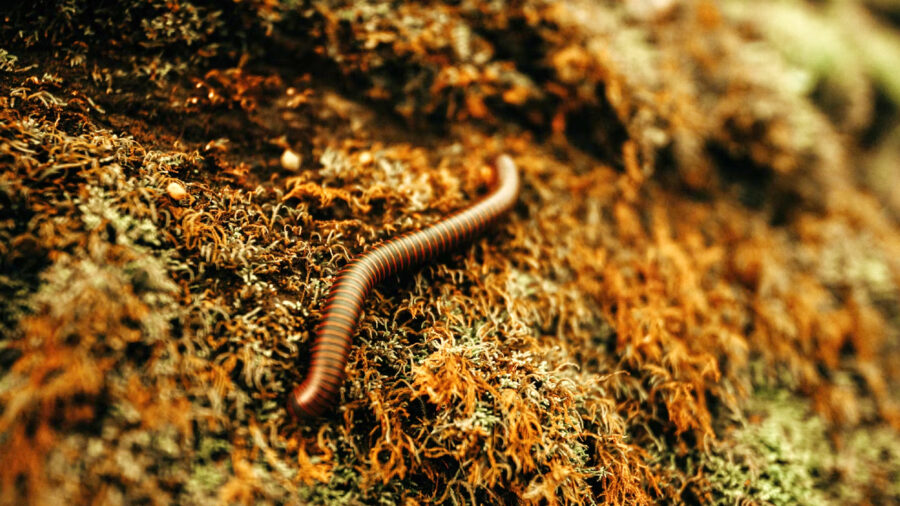
Though the Chernobyl worms aren’t 100 percent genetically similar to the specimens found in other regions, their genetic differences are attributed to the different geographic areas that they inhabit, and not a result of the radiation that they have been exposed to since the Chernobyl incident.
The Big Picture
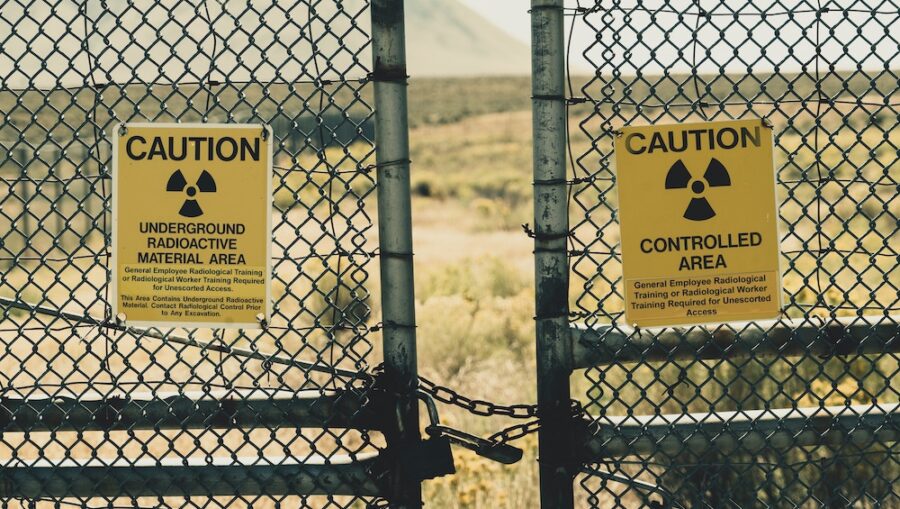
So what does this all mean, and why does it matter? If the Chernobyl incident has had no measurable adverse effect on this particular worm species, then there may be human applications to consider. By further studying their resistance to high levels of ambient radiation, Tintori and her team hope that their research will lead to the development of new ways to protect human DNA from radiation damage, and even improve upon the current methods we have to treat cancer.
Chernobyl Worms And The Fight Against Cancer
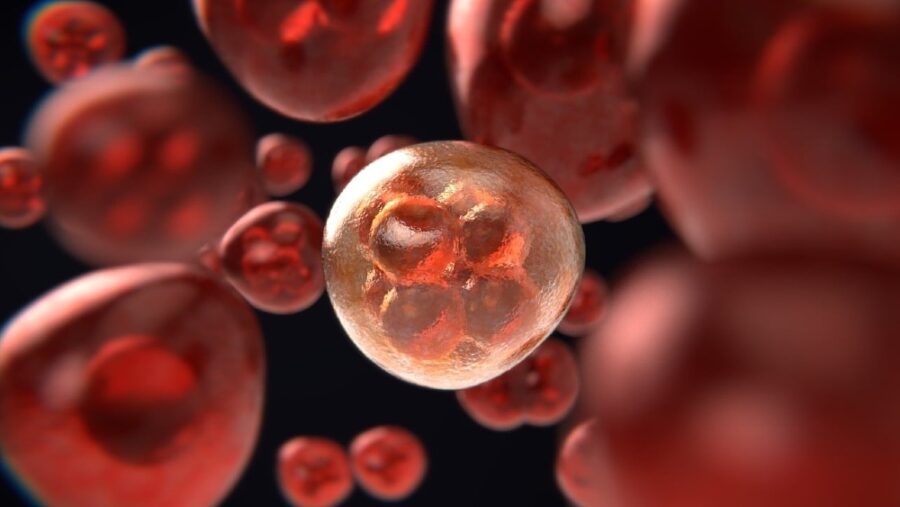
If you didn’t have radiation resistant Chernobyl worms possibly improving human medical research on your 2024 checklist, then it’s time that you update your stationery to reflect this amazing discovery. By using nematodes as a reference point, researchers could potentially figure out why some humans are more prone to cancer than others because the environmental context provided in this research suggests that different species have different risk factors.
While this research still has a long way to go, it’s not outside the realm of possibility that scientists will eventually try to replicate the Oschieus tipulae genome to further advance our own medical technology in ways that are of great benefit to humans.












